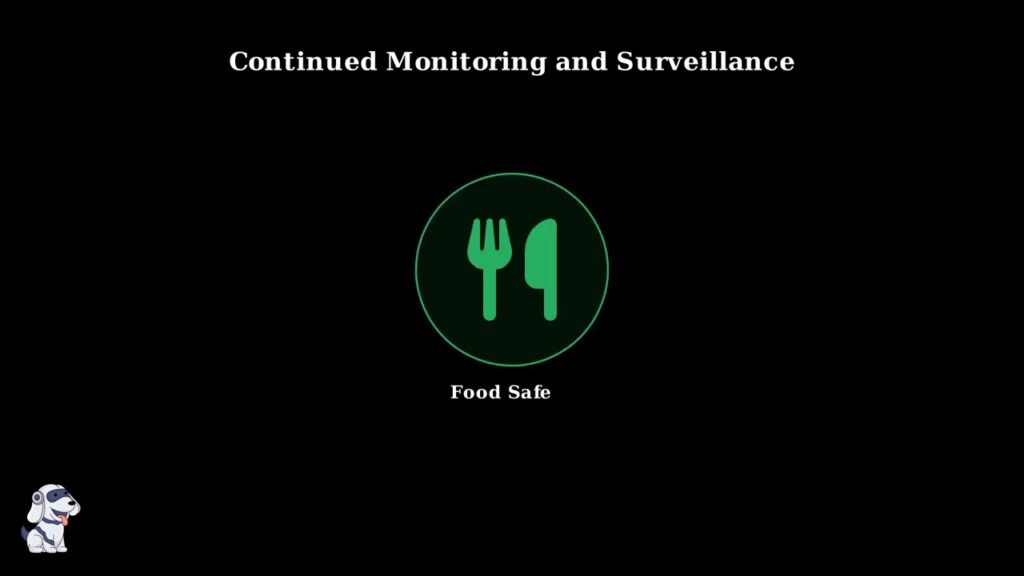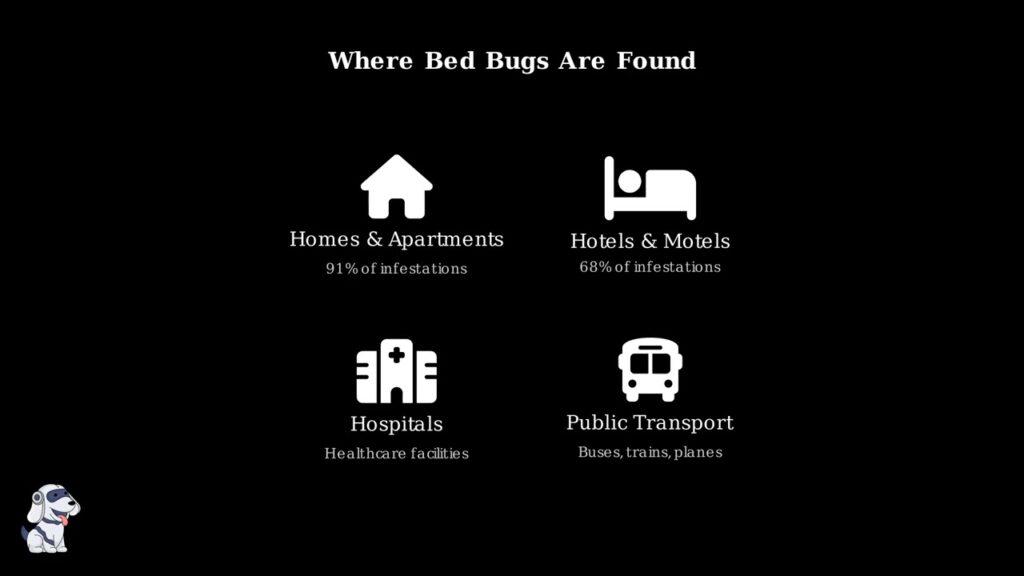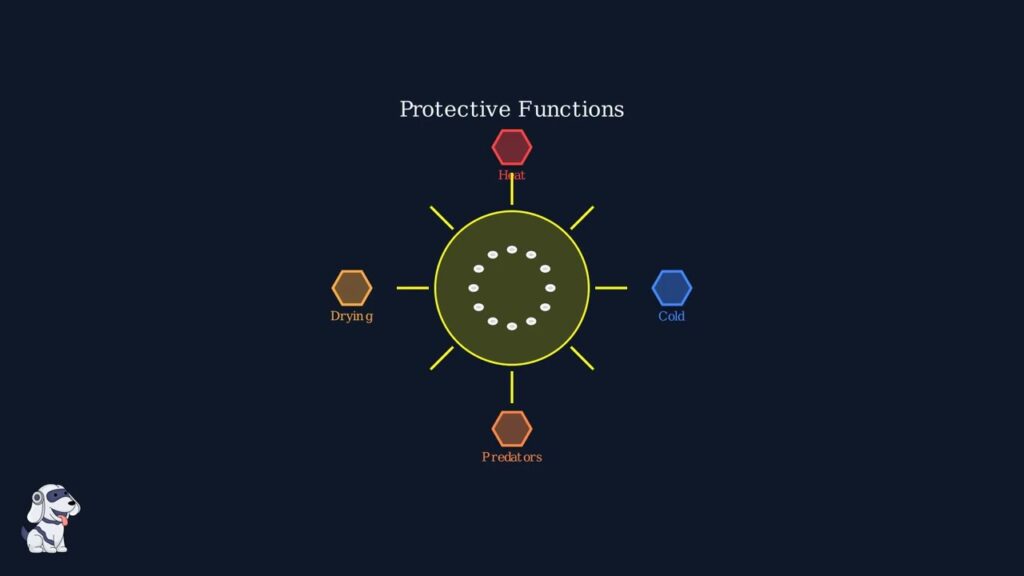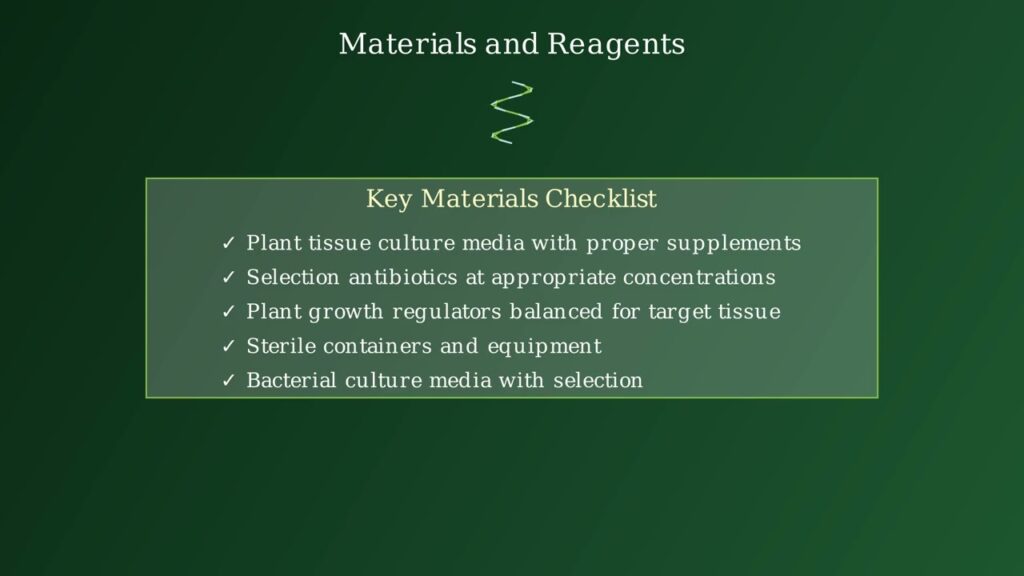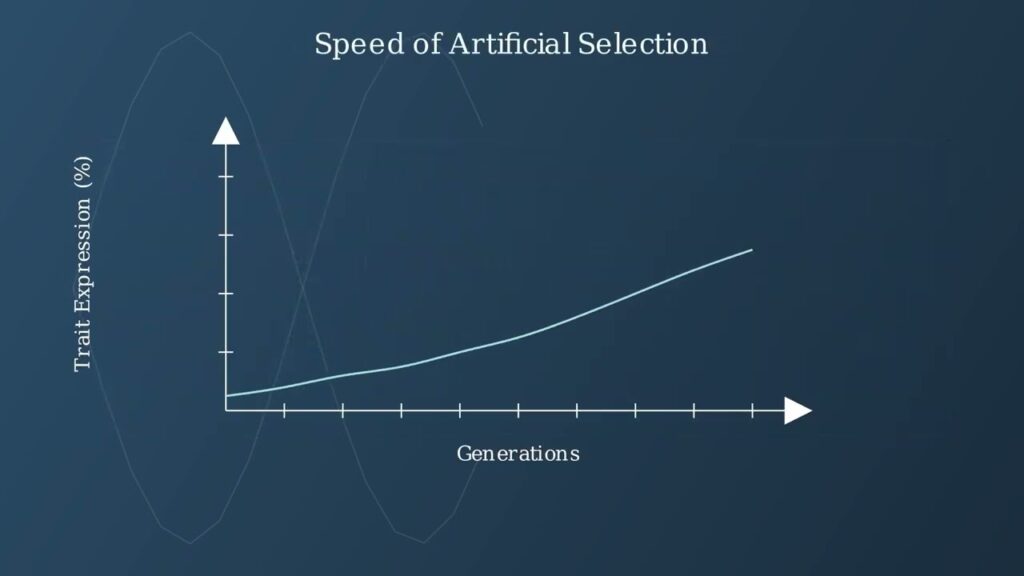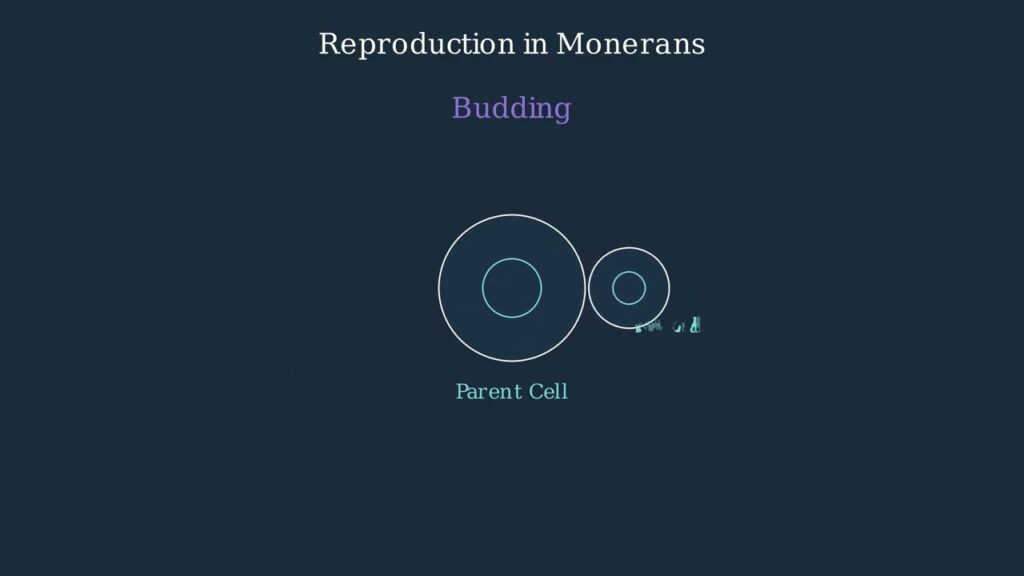What are you learning today?
Biology Notes Online gives you free, comprehensive study notes and practice tools to study smarter and ace every exam
You have homework questions, and we've got the answers! Submit your question now for instant, step-by-step solutions!
Question Submission Rules:
- Questions must be clear and specific
- Include all relevant details and context
- No spam or inappropriate content
- One question per submission
- Maximum image size: 5MB
- Supported image formats: JPG, PNG, GIF
Audio Book
Learn Biology On the Go: Audio Breakdowns of Complex Topics and Cutting-Edge Studies.
Explore Notes Topic Wise
Explore Microbiology Notes Topics Wise
Explore Zoology Notes Topics Wise
Explore Botany Notes Topics Wise
Exam Categories
Or pick from our most popular courses – What are you studying?
All the courses you need in one place
From Bsc to Msc topics, biologynotesonline.com supports your semester preparation.
Biology Notes Topics
Uncover the Microscopic Marvels – Dive into the World of Tiny Titans!
Microbiology Notes
Botany Notes
Zoology Notes
Biology Practicals
Others
Microorganisms
- Agricultural Microbiology 12 posts
- Bacteriology 104 posts
- Basic Microbiology 93 posts
- Biochemistry 106 posts
- Bioinformatics 25 posts
- Biotechnology 13 posts
- Cell Biology 134 posts
- Disease 7 posts
- Ecology 33 posts
- Environmental Microbiology 69 posts
- Epidemiology 1 post
- Food Microbiology 58 posts
- Genetics 100 posts
- Immunology 108 posts
- Industrial microbiology 24 posts
- Intellectual Property Rights 9 posts
- Medical Microbiology 37 posts
- Microbiologists 8 posts
- Microscope 28 posts
- Molecular biology 86 posts
- Mycology 49 posts
- Parasitology 34 posts
- Phycology 23 posts
- Prions 2 posts
- Protozoa 16 posts
- Virology 67 posts
- Angiosperms 32 posts
- Archegoniate 12 posts
- Biodiversity 1 post
- Economic Botany 15 posts
- Ethnobotany 5 posts
- Horticultural 10 posts
- Natural Resource Management 3 posts
- Plant Anatomy and Embryology 19 posts
- Plant Breeding 16 posts
- Plant Ecology and Taxonomy 15 posts
- Plant Physiology and Metabolism 19 posts
- Animal Behaviour 1 post
- Basic Zoology 5 posts
- Biology of Insecta 15 posts
- Chordates 27 posts
- Developmental Biology 22 posts
- Endocrinology 17 posts
- Ethology 6 posts
- Evolutionary Biology 21 posts
- Fish and fisheries 25 posts
- Human Anatomy 15 posts
- Neuroscience 17 posts
- Non-chordates 20 posts
- Pest Management 5 posts
- Physiology 52 posts
- Protista 15 posts
- Reproductive Biology 5 posts
- Research Methodology 8 posts
- Vertebrata 13 posts
- Biochemical Test 96 posts
- Botany Practicals 2 posts
- Culture Media 79 posts
- Cytopathology 1 post
- Hematology 7 posts
- Immunology Practical 19 posts
- Instruments 150 posts
- Laboratory Techniques 5 posts
- Laboratory Tests 16 posts
- Microbiology Techniques 25 posts
- Protocols 18 posts
- Solution preparation 21 posts
- Staining 46 posts
- Under Microscope 26 posts
- Differences 184 notes
- Intellectual Property Rights 9 notes
- Question Papers 6 notes
- Recommended Books 59 notes
- Research Methodology 8 notes
- Syllabus 12 notes
- Top in Biology 13 notes
- Universities and Colleges 1 post
- Worksheet 20 notes
- Bacteriology 104 posts
- Mycology 49 posts
- Parasitology 34 posts
- Phycology 23 posts
- Prions 2 posts
- Protozoa 16 posts
- Virology 67 posts
Latest Notes
Online Mock Test
Free Practice Tests
GATE BT Practice Test
Sharpen your understanding with our free GATE BT practice tests—designed to mirror real exam questions and provide in-depth scoring feedback. Choose from a range of practice exams to test your knowledge and uncover key areas for improvement with detailed performance analysis. Start practicing today to build confidence, reinforce core concepts, and prepare effectively for your ... Read more
GATE
Start TestGATE BT Mock Test
Sharpen your understanding with our free GATE BT practice tests—designed to mirror real exam questions and provide in-depth scoring feedback. Choose from a range of practice exams to test your knowledge and uncover key areas for improvement with detailed performance analysis. Start practicing today to build confidence, reinforce core concepts, and prepare effectively for your ... Read more
GATE
Start TestAP Biology Mock Test 3
Sharpen your understanding with our free AP Biology practice tests—designed to mirror real exam questions and provide in-depth scoring feedback. Choose from a range of practice exams to test your knowledge and uncover key areas for improvement with detailed performance analysis. Start practicing today to build confidence, reinforce core concepts, and prepare effectively for your ... Read more
AP Biology
Start TestQuestions and Answers
Check Questions and Answers
- Give comparison between the following: (a) C3 and C4 pathways (b) Cyclic and non-cyclic photophosphorylation (c) Anatomy of leaf in C3 and C4 plantsC₃ and C₄ pathways C₃ plants fix CO₂ directly via...
- Figure 11.10 shows the effect of light on the rate of photosynthesis. Based on the graph, answer the following questions: (a) At which point/s (A, B or C) in the curve light is a limiting factor? (b) What could be the limiting factor/s in region A? (c) What do C and D represent on the curve?Light is the limiting factor at points A and B...
- Look at leaves of the same plant on the shady side and compare it with the leaves on the sunny side. Or, compare the potted plants kept in the sunlight with those in the shade. Which of them has leaves that are darker green ? Why?Leaves on the shady side or from shade-grown plants are...
- Why is the colour of a leaf kept in the dark frequently becomes yellow , or pale green? Which pigment do you think is more stable?In darkness chlorophyll synthesis ceases while degradation continues, leading to...
- Suppose there were plants that had a high concentration of Chlorophyll b, but lacked chlorophyll a, would it carry out photosynthesis? Then why do plants have chlorophyll b and other accessory pigments?A plant lacking chlorophyll a cannot carry out photosynthesis because...
- RuBisCO is an enzyme that acts both as a carboxylase and oxygenase. Why do you think RuBisCO carries out more carboxylation in C4 plants?In C₄ plants, bundle sheath cells maintain very high CO₂...
- Even though a very few cells in a C4 plant carry out the biosynthetic – Calvin pathway, yet they are highly productive. Can you discuss why?C₄ plants concentrate CO₂ in bundle sheath cells around Rubisco,...
- All Questions
What Our User Say
130People found this helpful

